
Return to Old Glossop Historic Heritage Trail
A very sad sight for Glossop and Old Glossop in 1959. One must ask if this would have been allowed if the Hall had been in Buxton.
The short Standish-Howard period provided Glossop with its first Glossop Hall. Ralph Standish-Howard (died 1735) intended to live in Glossop, and about 1729 began to build a house called Royle Hall. By 1734 it was built, but his death and that of his infant son put paid to a resident squire for more than a century. Royle Hall became a shooting lodge, a small corner used by the Bailiff, who was subservient to the Howard agent in Sheffield. But, by the 1780s at latest, the Manor of Glossop had become important enough to have its own Howard agent, Charles Calvert, and he and Bailiff Thomas Shaw were both housed at Royle Hall. When Matthew Ellison became the Agent in 1797, his residence was given as 'Glossop Hall', although the old name was a long time dying.
From 1815 or shortly after, the main line divides into two: the Dukes of Norfolk and the Howards of Glossop. The 12th and 13th Dukes were both Lords of the Manor until 1850, when the 13th Duke's second son, Edward George, became Lord Howard of Glossop, confirmed by a Barony in 1869. In 1850 Royle Hall was demolished (apart from its private chapel) to build the second Glossop Hall which stood until 1958, and from 1851 to 1924 the 1st and 2nd Barons Howard of Glossop lived in it. Glossop had at last acquired a resident nobility, which reflected its importance.
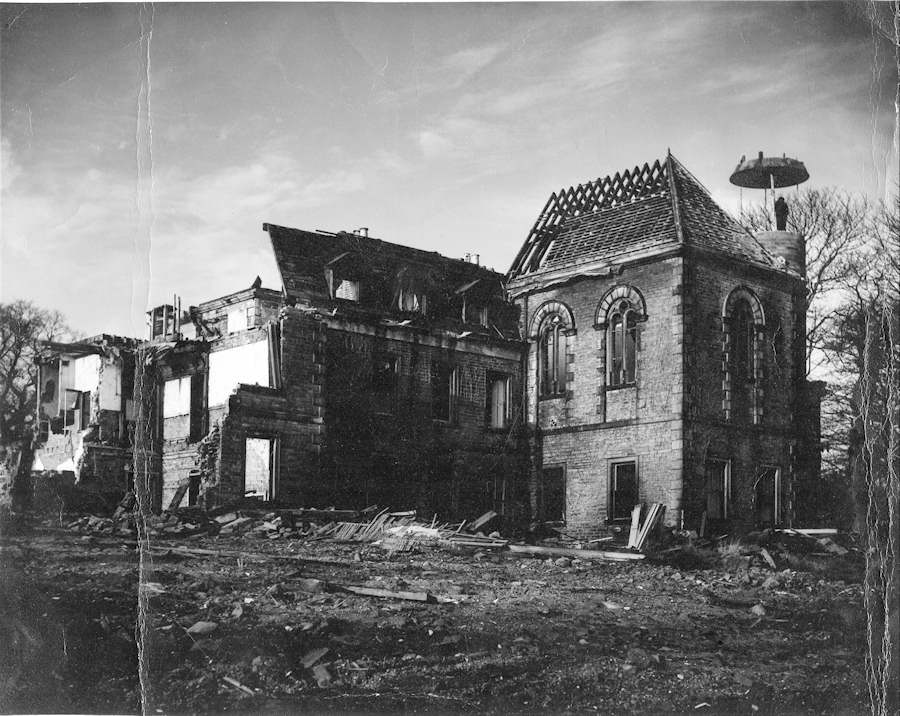 .
.
Visitors to Glossop and Old Glossop often ask where Toad Hall used to be, This was a puzzling question for quite a time until we realized that it was our local accent that was causing the problem.
We had been saying The Old Hall or in Glossop dialect T'auld All.
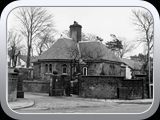 00100 Norfolk Street, Glossop Hall Lodge
00100 Norfolk Street, Glossop Hall Lodge
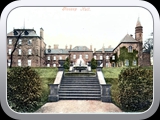 Glossop Hall
Glossop Hall
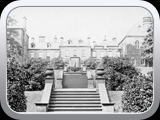 Glossop Hall
Glossop Hall
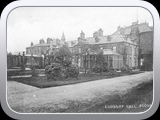 Glossop Hall front
Glossop Hall front
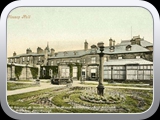 Glossop Hall
Glossop Hall
 Glossop Hall,Kingsmoor School Italian Gardens
Glossop Hall,Kingsmoor School Italian Gardens
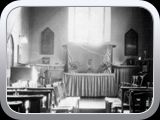 Glossop Hall chapel
Glossop Hall chapel
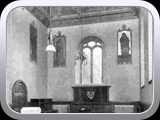 Glossop Hall chapel
Glossop Hall chapel
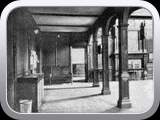 Glossop hall entrance
Glossop hall entrance
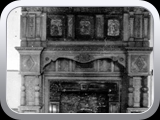 Glossop hall fireplace
Glossop hall fireplace
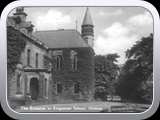 Glossop Hall front and chapel
Glossop Hall front and chapel
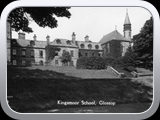 Glossop Hall front c1928
Glossop Hall front c1928
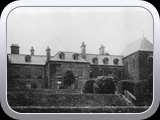 Glossop Hall front
Glossop Hall front
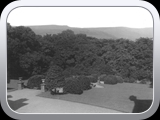 Glossop hall gardens looking east
Glossop hall gardens looking east
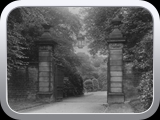 Glossop Hall inner garden gates
Glossop Hall inner garden gates
 Glossop Hall line drawing
Glossop Hall line drawing
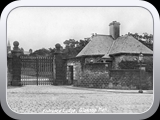 Glossop Hall Lodge c1911
Glossop Hall Lodge c1911
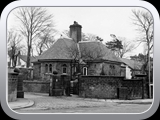 Glossop Hall Lodge Norfolk Street built c 1890
Glossop Hall Lodge Norfolk Street built c 1890
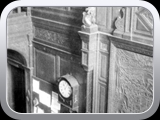 Glossop Hall Norfolk coat of arms
Glossop Hall Norfolk coat of arms
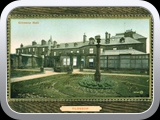 Glossop Hall postcard c1910
Glossop Hall postcard c1910
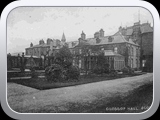 Glossop Hall rear and gardens
Glossop Hall rear and gardens
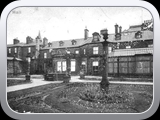 Glossop Hall rear
Glossop Hall rear
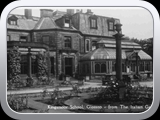 Glossop Hall rear and gardens
Glossop Hall rear and gardens
 Glossop Hall Staff
Glossop Hall Staff
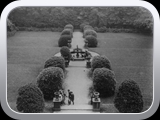 Glossop Hall steps to park
Glossop Hall steps to park
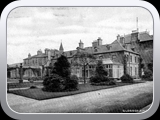 Glossop Hall
Glossop Hall
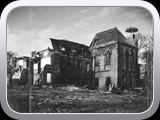 Hall during demolition 1959
Hall during demolition 1959
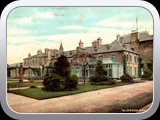 Glossop Hall
Glossop Hall
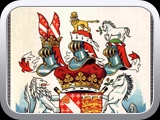 howards arms
howards arms
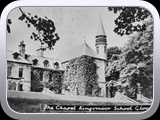 Kingsmoor School Chapel
Kingsmoor School Chapel
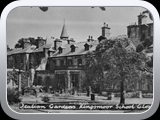 Kingsmoor School Italian Garden
Kingsmoor School Italian Garden
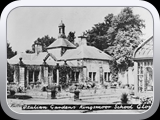 Kingsmoor School Italian Gardens
jQuery Slideshow by VisualLightBox.com v5.3
Kingsmoor School Italian Gardens
jQuery Slideshow by VisualLightBox.com v5.3
